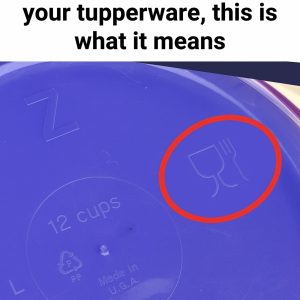Why Jeans Have Those Tiny Metal Buttons
Most people don’t realize that the small metal buttons on their jeans serve a practical purpose. Those little copper or silver “buttons” near the pockets often go unnoticed. Yet, they aren’t just decorative—they’re essential.These tiny heroes are called rivets, and they are key to denim’s legendary durability.
The Origin of Jean Rivets
Back in the 1870s, jeans weren’t fashion staples—they were workwear. Miners, railroaders, and laborers needed pants that could handle extreme wear. Tailor Jacob Davis faced constant complaints from customers whose trousers ripped at the seams.
His solution? Reinforce high-stress points like pockets and the fly with metal rivets.Davis partnered with Levi Strauss, a dry goods supplier, and in 1873 they patented the riveted jean design. The concept was simple but brilliant: add strength where pants need it most. The result? Durable jeans that became the uniform of hard work—and eventually a style icon.
How Rivets Work
So, how do these tiny metal buttons function? Rivets prevent denim from tearing in high-stress areas. Made from brass or copper, they are strong and resist rust. You’ll find them on the corners of front pockets, at the base of the fly, and sometimes near belt loops.
These spots experience the most stress. Rivets distribute tension across the fabric, preventing holes and extending the jeans’ life. From personal experience, jeans without rivets wear out faster. Those small metal additions have a big impact on durability.
From Function to FashionToday, few of us wear jeans to mine gold or lay tracks. Yet, rivets remain a key feature. Why? Over time, they became a hallmark of authentic denim.




